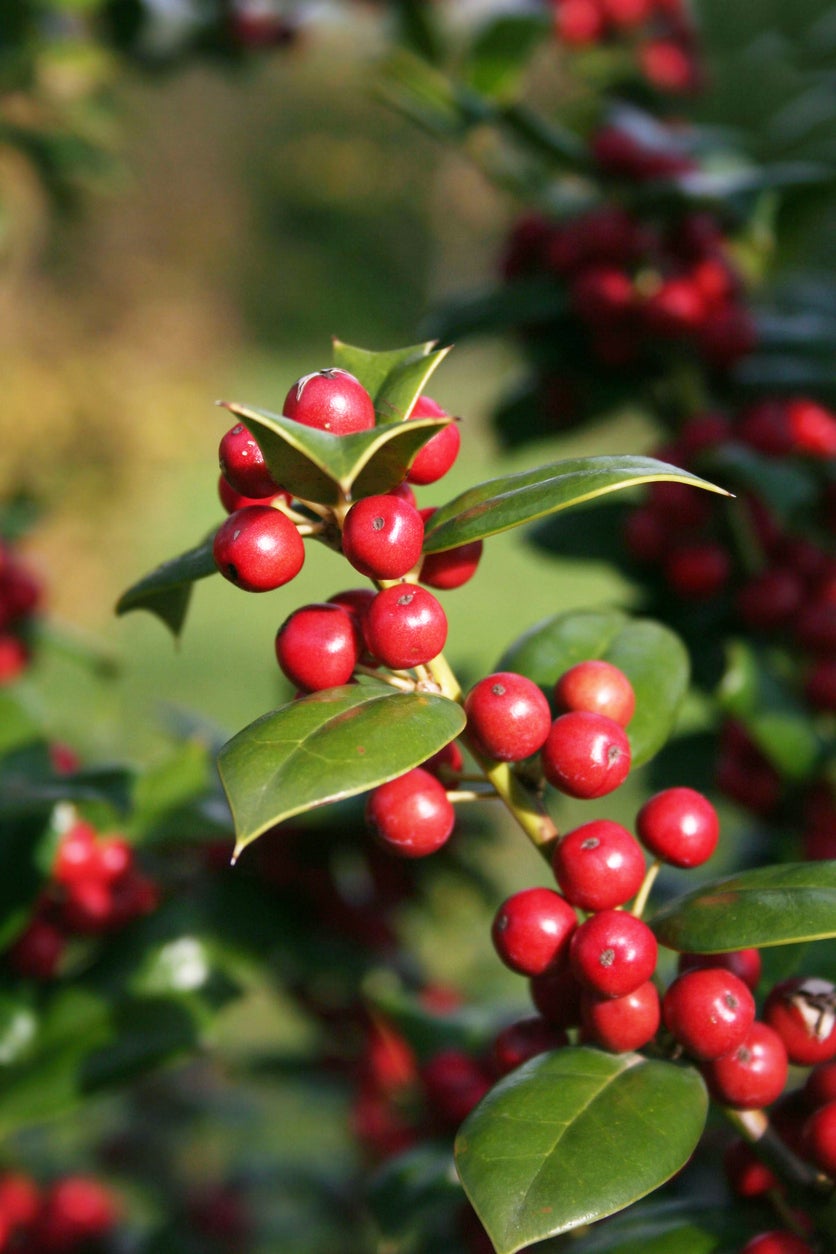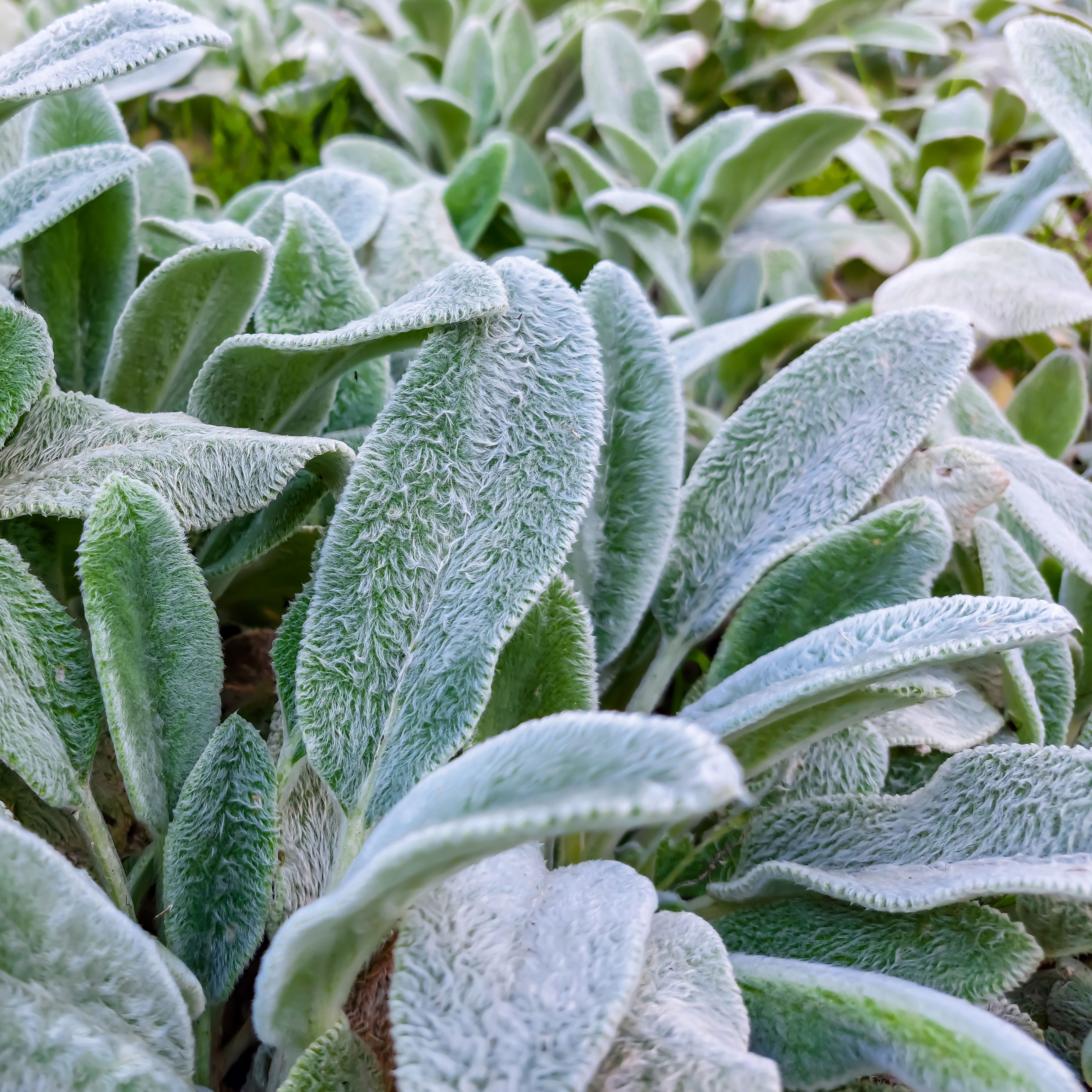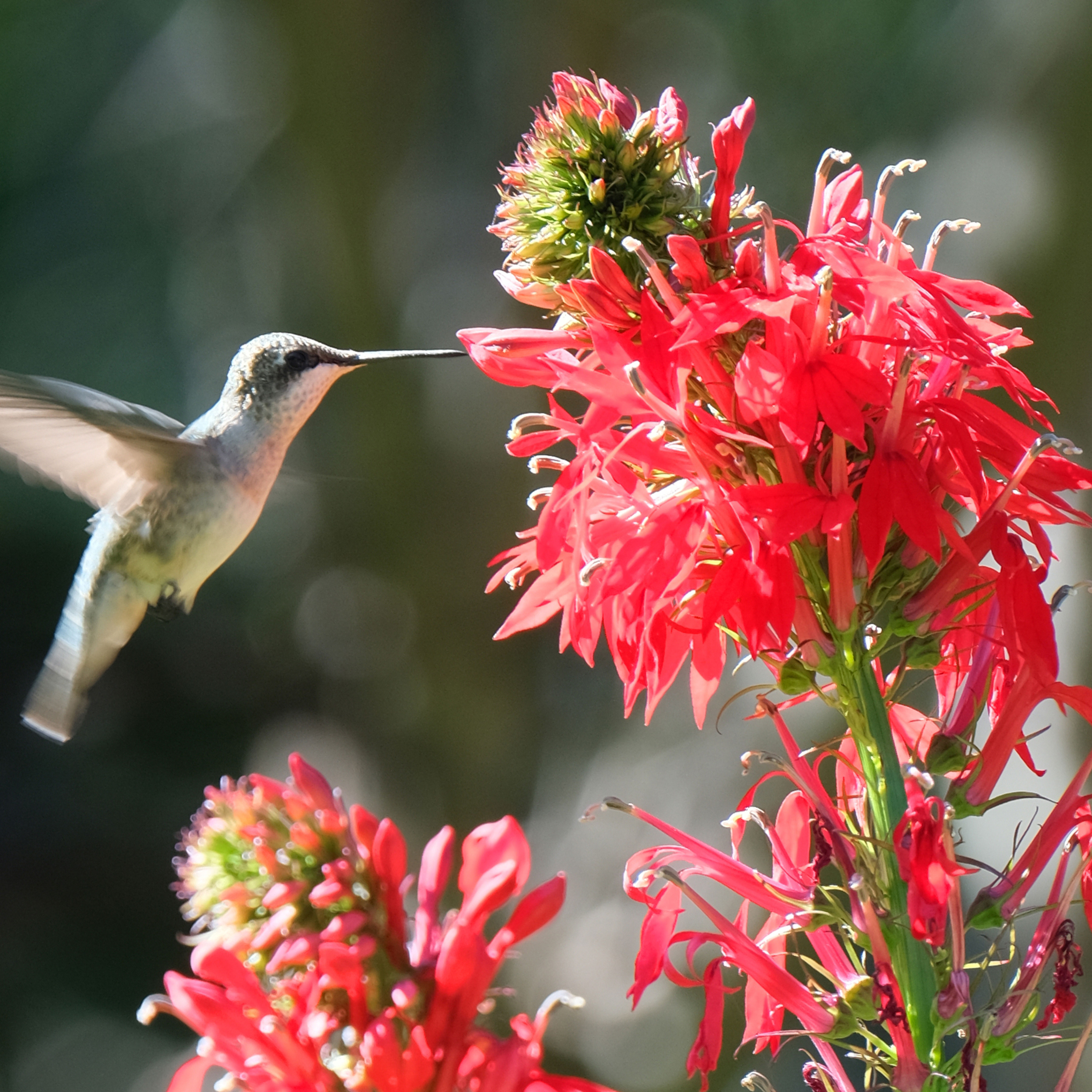Chinese Holly Care: Tips On Growing Chinese Holly Plants


You don’t have to travel abroad to admire Chinese holly plants (Ilex cornuta). These broadleaf evergreens thrive in gardens in the American southeast, producing the classic shiny leaves and berries beloved by wild birds. If you want to know the ins and outs of caring for Chinese hollies, read on.
About Chinese Holly Plants
Chinese holly plants can be grown as large shrubs or small trees up to 25 feet (8 m.) tall. They are broadleaf evergreens with the same, glossy green foliage so typical of hollies. Those growing Chinese holly know that the leaves are rather rectangular, about 4 inches (10 cm.) long with large spines. Blossoms are a dull greenish white hue. They are not showy but offer a whopping fragrance. Like other hollies, Chinese holly plants bear red drupes as fruit. These berry-like drupes stick on the tree branches well into winter and are very decorative. The drupes also provide much needed nutrition for birds and other wildlife during the cold season. The dense foliage is excellent for nesting. Wild birds that appreciate this shrub include wild turkey, northern bobwhite, mourning dove, cedar waxwing, American goldfinch, and northern cardinal.
How to Grow Chinese Holly
Chinese holly care starts with correct planting. If you are wondering how to grow Chinese holly, you’ll do best to plant it in moist soil with excellent drainage. It is happy in full sun or partial sun, but also tolerates shade. Growing Chinese holly is easiest in USDA plant hardiness zones 7 through 9. These are the recommended zones. You’ll find that Chinese holly care doesn’t require much time or effort. The plants need an occasional deep watering in dry periods, but they are generally both drought resistant and heat tolerant. In fact, growing Chinese holly is so easy that the shrub is considered invasive in some areas. These include parts of Kentucky, North Carolina, Alabama, and Mississippi. Pruning is another important part of Chinese holly care. Left to its own devises, Chinese holly plants will take over your backyard and garden. Heavy trimming is the ticket to controlling them.
Gardening tips, videos, info and more delivered right to your inbox!
Sign up for the Gardening Know How newsletter today and receive a free copy of our e-book "How to Grow Delicious Tomatoes".

Teo Spengler is a master gardener and a docent at the San Francisco Botanical Garden, where she hosts public tours. She has studied horticulture and written about nature, trees, plants, and gardening for more than two decades. Her extended family includes some 30 houseplants and hundreds of outdoor plants, including 250 trees, which are her main passion. Spengler currently splits her life between San Francisco and the French Basque Country, though she was raised in Alaska, giving her experience of gardening in a range of climates.
-
 Looking For Plants To Give You The Soft And Fuzzies? Try These 5 Fuzzy Leaf Plant Options
Looking For Plants To Give You The Soft And Fuzzies? Try These 5 Fuzzy Leaf Plant OptionsLovers of texture, drama, silver foliage and tactile plants will adore these special sensory garden additions. These fuzzy leaf plant options will leave you all aglow
By Susan Albert
-
 Get Ready For A Summer Of Hummers! Grow These Full Sun Hummingbird Plants and Flowers
Get Ready For A Summer Of Hummers! Grow These Full Sun Hummingbird Plants and FlowersIf you’re lucky enough to enjoy a sunny backyard, make sure you are maxing out on your pollinator opportunities and grow these full sun hummingbird plants and flowers
By Tonya Barnett